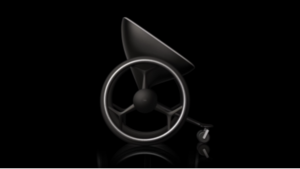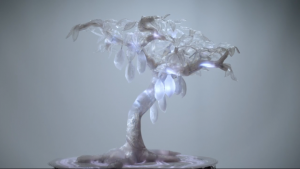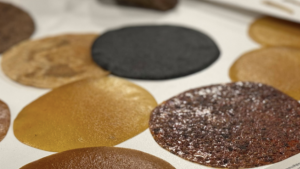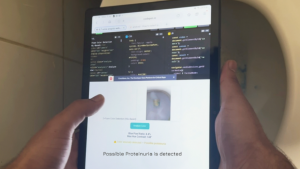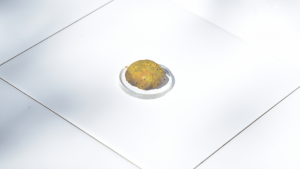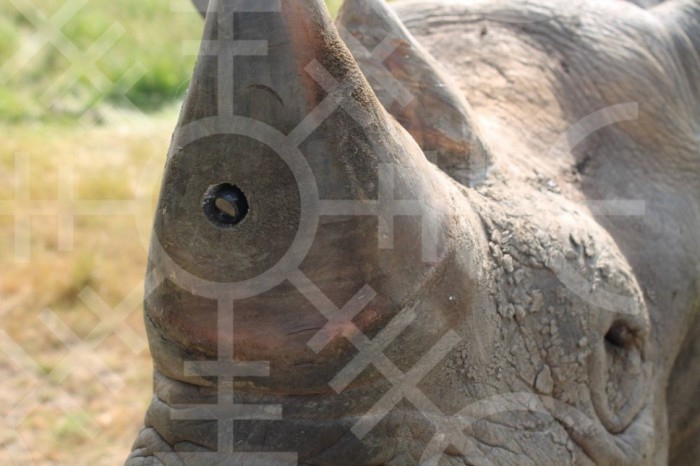
Only four northern white rhinos remain on Earth after Nabire, a female rhino living at the Czech Republic Zoo died of a ruptured cyst on Monday 27 July. The number of northern white rhino remains so heartbreakingly low because the animal has been aggressively hunted for its horn.
To combat poachers, conservation group Protect has begun field trials of the Real-time Anti-Poaching Intelligence Device (RAPID), a GPS tracking collar combined with a heart-rate monitor and video camera.
If a poacher attacks an animal equipped with RAPID, the device alerts police and records images of the poacher through by combining a GPS satellite collar with a heart rate monitor and video camera. The heart monitor triggers an alarm the instant the heart rate of a rhino rises or falls; the video camera confirms why; and if it appears there is a poaching risk the GPS pinpoints the location, giving rangers an accurate place to helicopter or truck into within minutes. This leaves poachers with no time to harvest the valuable parts of an animal or make an escape.
Installation of the RAPID device requires finding and tranquilising each rhino. Protect recently completed field trials with the device as proof of concept, releasing rhino’s-eye-view footage from the tiny video camera.
Dr Paul O'Donoghue, a scientific advisor for Protect who has worked with endangered black rhino populations for more than 15 years, explains:
Currently a rhino is butchered every six hours in Africa, the issues are many, but there's far too much money at stake to believe that legislation alone can make the difference, we had to find a way to protect these animals effectively in the field; the killing has to be stopped.
This announcement of this design-oriented solution comes after the recent killing of Cecil the Lion in Zimbabwe where the plight of endangered species is in the public eye more than ever before.
Protect depends on donations to bring RAPID to fruition.

